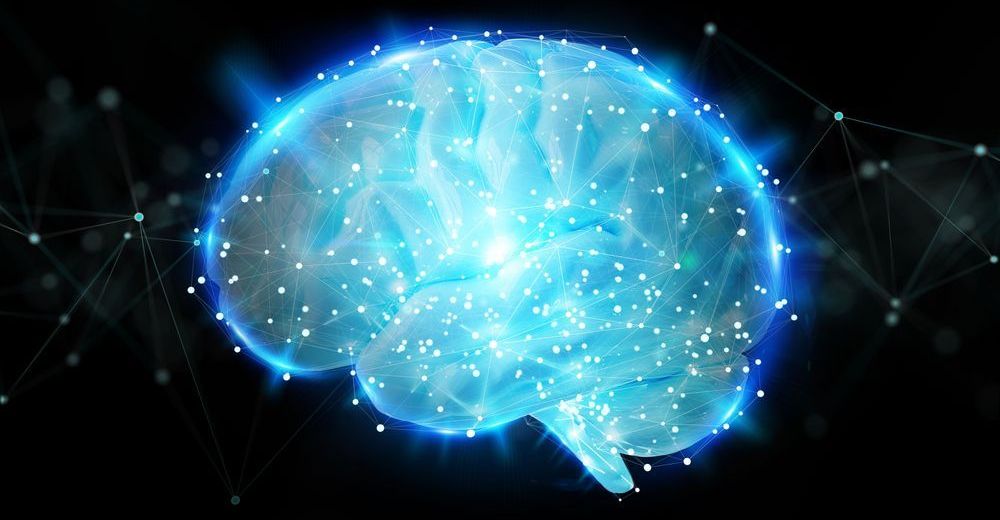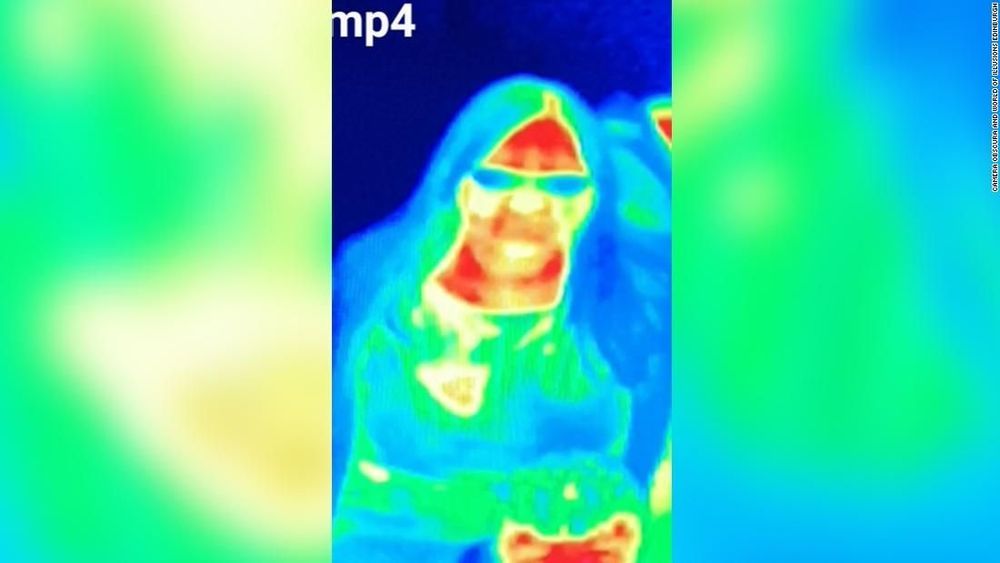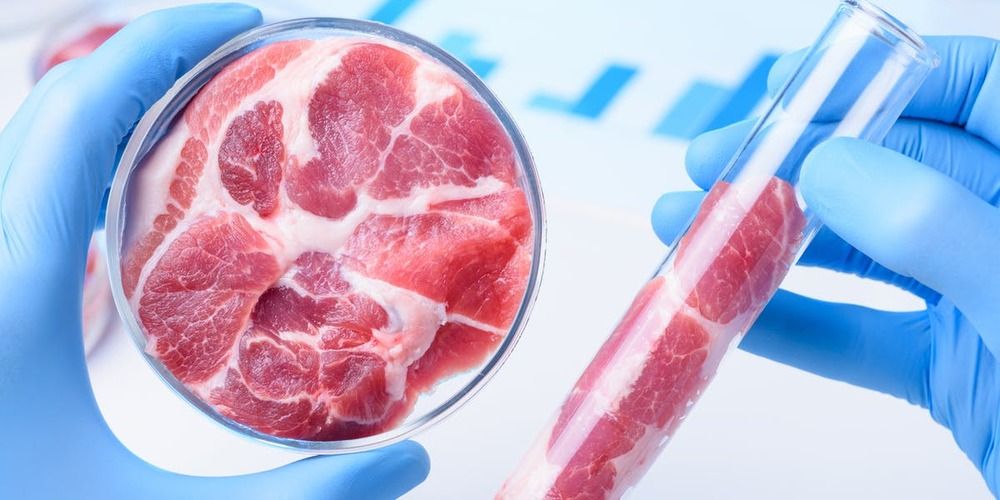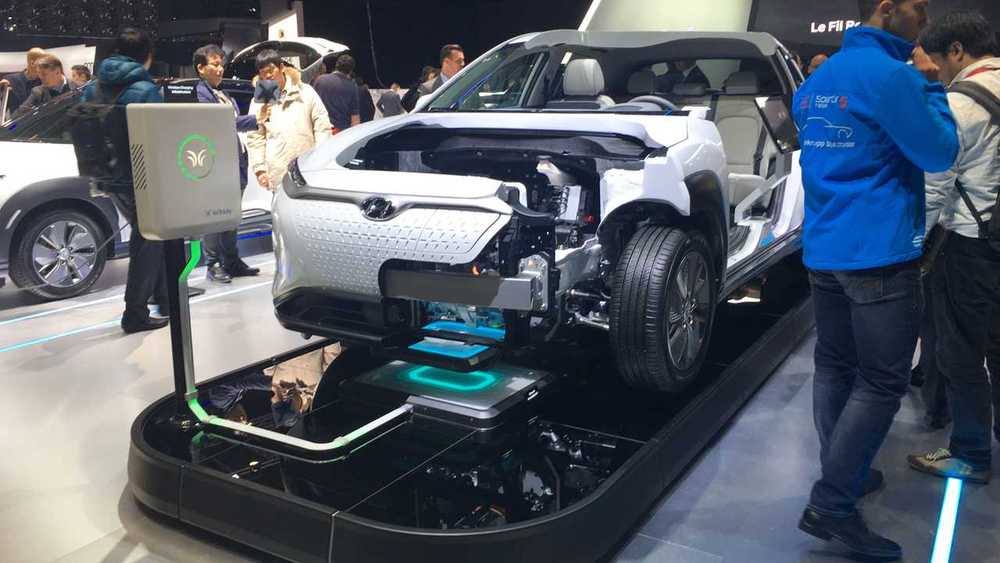
After almost two years mired in extensive peer review, a landmark new study just published in the prestigious journal Nature is strongly associating excessive neural activity with shorter lifespans. The study suggests a protein known to suppress neural excitation affects a number of longevity pathways, effectively slowing the aging process.
The impressive research started several years ago with a gene expression study of post-mortem human brain tissue from hundreds of subjects. All the subjects were cognitively normal at the time of death. Bruce Yankner, senior author on the new study, says one thing quickly stood out to his team – the longer a person lived, the lower their expression of genes connected to neural excitement.
More specifically, the researchers identified upregulation of a protein called REST in the brains of those longest-lived subjects. REST first came to the attention of the research team back in 2014. The protein’s role in the brain was generally thought to only play a part in prenatal neurodevelopment, regulating the expression of genes in a developing brain.


















